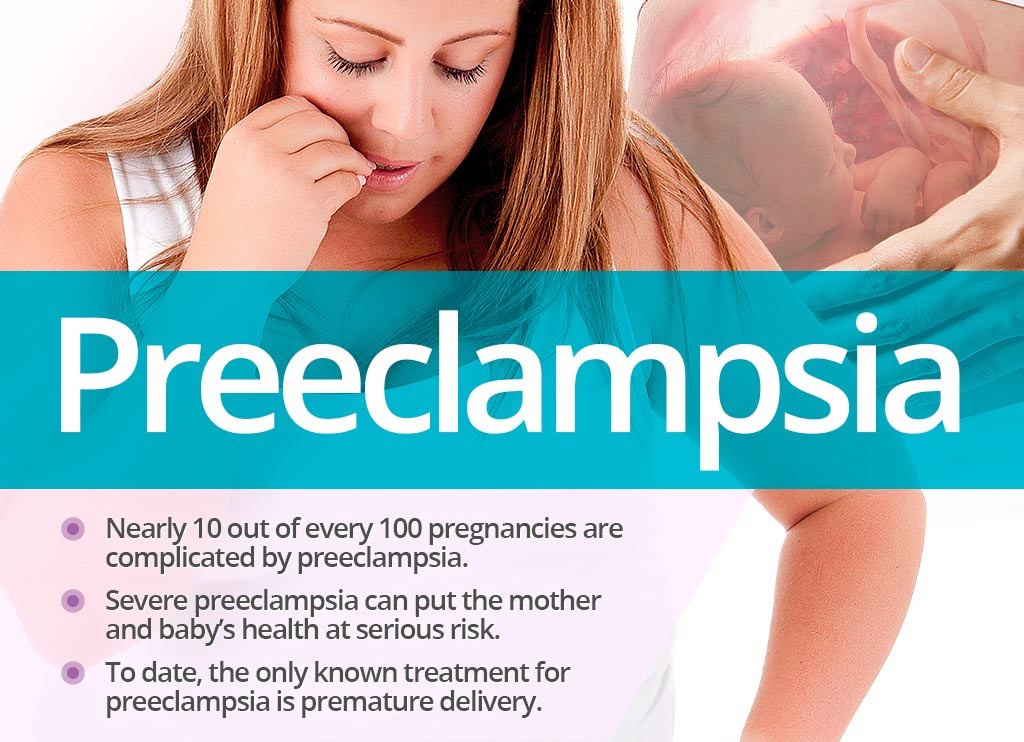Understanding Preeclampsia: Symptoms, Risk Factors
Preeclampsia is a potentially serious complication that can occur during pregnancy, characterized by high blood pressure and signs of damage to other organs, most commonly the liver and kidneys. This condition typically develops after 20 weeks of pregnancy and can lead to complications for both the mother and the baby if left untreated. Understanding the symptoms, risk factors, and management of preeclampsia is essential for expectant mothers and healthcare providers alike.
Know The Sign And Symptoms:

- High blood pressure (hypertension)
- Proteinuria (protein in the urine)
- Swelling, particularly in the hands and face, that doesn’t resolve with rest or elevation
- Headaches
- Visual disturbances, such as blurry vision or seeing spots
- Nausea or vomiting
- Pain in the upper abdomen, often under the ribs on the right side
- Shortness of breath
- Decreased urine output
It’s important to note that some women with preeclampsia may not experience any noticeable symptoms, which is why regular prenatal check-ups and monitoring are crucial.
Unlocking the Puzzle: Key Risk
While the exact cause of preeclampsia remains unknown, several factors can increase a woman’s risk of developing this condition, including:
- First pregnancy or first pregnancy with a new partner
- History of preeclampsia in a previous pregnancy
- Multiple gestation (e.g., twins or triplets)
- Maternal age (under 20 or over 40)
- Obesity
- Chronic hypertension
- Diabetes
- Kidney disease
- Autoimmune disorders, such as lupus
- Family history of preeclampsia
- Assisted reproductive technology (e.g., in vitro fertilization)
Management and Treatment:
Early detection and management of preeclampsia are essential for minimizing complications and ensuring the health and safety of both mother and baby. Treatment strategies may include:
- Close monitoring of blood pressure, urine protein levels, and other symptoms
- Bed rest or reduced activity, depending on the severity of the condition
- Medications to lower blood pressure, such as antihypertensive drugs
- Corticosteroids to help accelerate fetal lung maturity if preterm delivery is anticipated
- Hospitalization for more severe cases or when close monitoring is necessary
- Delivery of the baby, usually by induction of labor or cesarean section, depending on the gestational age and severity of preeclampsia
In some cases, preeclampsia may progress to eclampsia, a life-threatening condition characterized by seizures. Prompt medical intervention is crucial to manage eclampsia and prevent further complications.
Conclusion:
Preeclampsia is a serious complication of pregnancy that requires careful monitoring and management. Expectant mothers should be aware of the symptoms and risk factors associated and seek prompt medical attention if they experience any concerning signs. With early detection and appropriate treatment, the risks associated with preeclampsia can be minimized, allowing for a safer outcome for both mother and baby.




